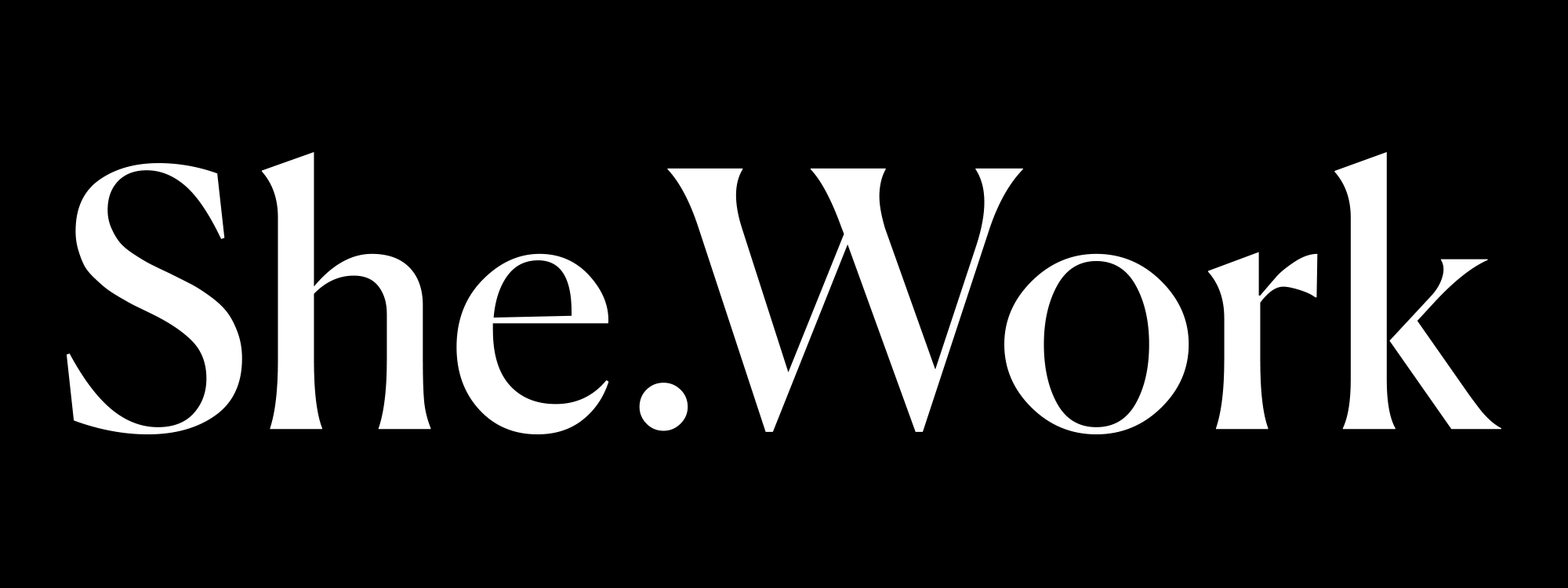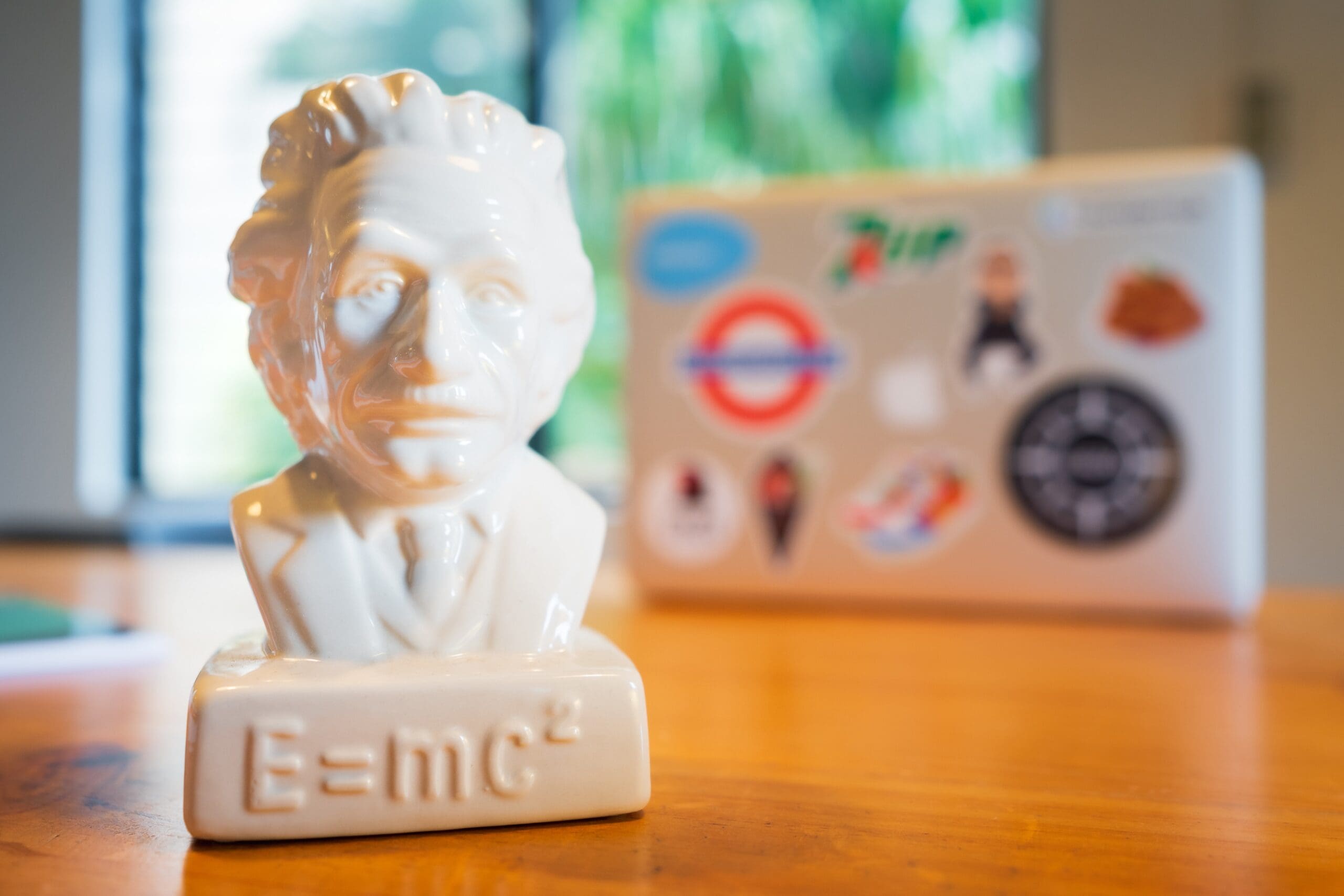Entrepreneurship isn’t just about gut feelings; it’s an art and science.
Crafted by Alexander Osterwalder and Yves Pigneur, the Business Model Canvas is a visual cheat sheet for your business strategy. Imagine fitting your business plan onto one organized page. Not only does it give clarity, but it also enables you to convey your business idea seamlessly to others. The Business Model Canvas is a favorite, especially among female entrepreneurs, for its simplicity and clarity.
The Business Model Canvas (BMC) tool is well-discussed in Alexander Osterwalder and Yves Pigneur’s book Business Model Generator. This book, backed by years of research and application, has become a cornerstone of contemporary business strategy.
Whether you’re considering launching your venture, scaling an existing one, or just curious about the art of entrepreneurship, there’s a game-changing tool you should be familiar with – the Business Model Canvas (BMC). The Business Model Canvas is a visual tool designed to help entrepreneurs and business owners map their business ideas. It allows business owners to quickly and easily identify what resources they need, how they will make money, and how they will reach their target market. With the Business Model Canvas, entrepreneurs can easily see the big picture and make informed business decisions.
The Nine Power Points of Business Model Canvas
Value Proposition: As mentioned in “Value Proposition Design” by the same authors, this bridges your product and the customer’s needs. It answers the essential question of how your product alleviates pain and creates customer gains. Think of this as your brand’s promise. Why should customers pick your product over others? This isn’t just about being different; it’s about being better in ways that matter to your customers. For example, a company might have a value proposition of offering organic products that are better for the environment than their competitors’ products. They might use recyclable packaging to demonstrate this commitment and donate some of their profits to environmental organizations.
Customer Segments: According to “Lean Customer Development” by Cindy Alvarez, understanding your customers is paramount. Dive deep into their lifestyles, preferences, and pain points. Ladies, it’s time to get specific. Who are your products really for? The modern woman? The stay-at-home mom? The career-driven millennial? Identifying your target audience ensures you’re constantly hitting the mark. For example, if you’re marketing your makeup line, you’ll want to target your ads at young women instead of older men. It would be best to consider researching demographics by age, occupation, interests, and other factors to better understand your target audience.
✿ Thank you for reading!
Subscribe to be our bestie, no spam—just good vibes once a month.
Channels: How do you get your product to your customers? Whether through your e-commerce website, a retail partner, or pop-up shops, could you ensure your channels resonate with where your audience hangs out? For example, if your target market is teens, you may have more success with influencer marketing or having a presence on social media platforms such as TikTok or Instagram. This is because teens are likelier to engage with content from influencers or on platforms they know.
Customer Relationships: This defines how you connect with your customers. For some businesses, personalized touches are essential. For others, an automated system works best. It’s all about finding what aligns with your brand and audience’s needs. For example, a high-end clothing store might send personalized emails or messages to customers when the latest items arrive. In contrast, an app-based fitness tracking system might use automated reminders to motivate users. Similarly, a restaurant might send push notifications to remind customers about their loyalty rewards and discounts. A travel company might email customers updates about new packages.
Revenue Streams: This is the ‘making money’ segment. Whether you’re charging customers per product, operating on a subscription model, or earning through partnerships, this block helps you understand how your cash flows. For example, if you’re selling products, you can use this section to outline pricing, payment structure, receiving and shipping costs, packaging materials, and any discounts you offer.
Key Activities: You must do these things for your business to thrive. Whether it’s marketing, creating handmade crafts, or coding software, understand and prioritize these tasks. For example, if you’re starting a bakery, your key activities might include baking, inventory management, marketing, and customer service.
Key Resources: These are the essential ingredients in your business recipe. Think about physical assets like a boutique space, intellectual properties like a unique design, or personal strengths and skillsets. For example, if you run a bakery, your essential resources could include the ovens, the recipes, and the baking skills of the staff.
Key Partnerships: Who helps you elevate your business game? Perhaps it’s a supplier, a distributor, or a marketing guru. Recognizing these crucial collaborations can help in growth and innovation. For example, a startup may form a local strategic partnership with an established company to access a more extensive customer base and resources.
Cost Structure: Every business has its expenses. Knowing yours helps you budget, price correctly, and strategize for future investments. For example, a startup may have a cost structure that includes payroll, rent, marketing, and technology expenses. At the same time, an established business may also need to account for additional fees such as insurance, legal, and tax costs.
When you lay out these nine pillars on a canvas, you’ll see how they intertwine, influencing and supporting one another. The result? A clear visual representation of your business journey.
Why Business Model Canvas (BMC) is a Must for Women Entrepreneurs
Understanding and adjusting your business model is vital in today’s ever-evolving marketplace. For women, especially those juggling multiple responsibilities, the BMC offers a concise, clear-cut way to brainstorm, strategize, and pivot business plans. Whether hosting a strategy session with your team or reassessing your brand’s direction over tea, the BMC is your go-to tool. The BMC provides an intuitive framework to refocus business goals and objectives while offering a chance to explore new directions. It is an invaluable tool for women entrepreneurs, allowing them to stay agile in ever-changing markets.
In her book The End of Competitive Advantage, Rita McGrath emphasizes today’s transient nature of business advantages. BMC allows entrepreneurs, especially women, to adapt quickly, a quality McGrath suggests is crucial in the dynamic business environment.
In conclusion, as women redefine the entrepreneurial landscape, they can benefit immensely from structured, research-backed tools like the Business Model Canvas. After all, as Peter Drucker famously said, “If you can’t measure it, you can’t improve it.” So, embrace BMC, quantify your strategy, and prepare for a successful business journey!
Closing note from the writer:
When I first embarked on my entrepreneurial journey, I was overwhelmed with countless strategies, tools, and advice thrown my way. When I discovered the Business Model Canvas, I had a tangible roadmap. I recall late-night strategy sessions, surrounded by post-its on my canvas, refining and reimagining my business blueprint. To all aspiring women entrepreneurs reading this, I encourage you to take charge of your business dreams. The BMC is more than just a tool; it reflects your aspirations, creativity, and determination. Remember, every significant venture starts with a single idea; this canvas could be the palette where your dreams take color.
To thrive and succeed!
PINAR
Table of Contents
✱ If you liked this article, please share it with a friend who could use inspiration.
If you have a topic in mind or a story to share anonymously or with your name, email us at team@she.work









